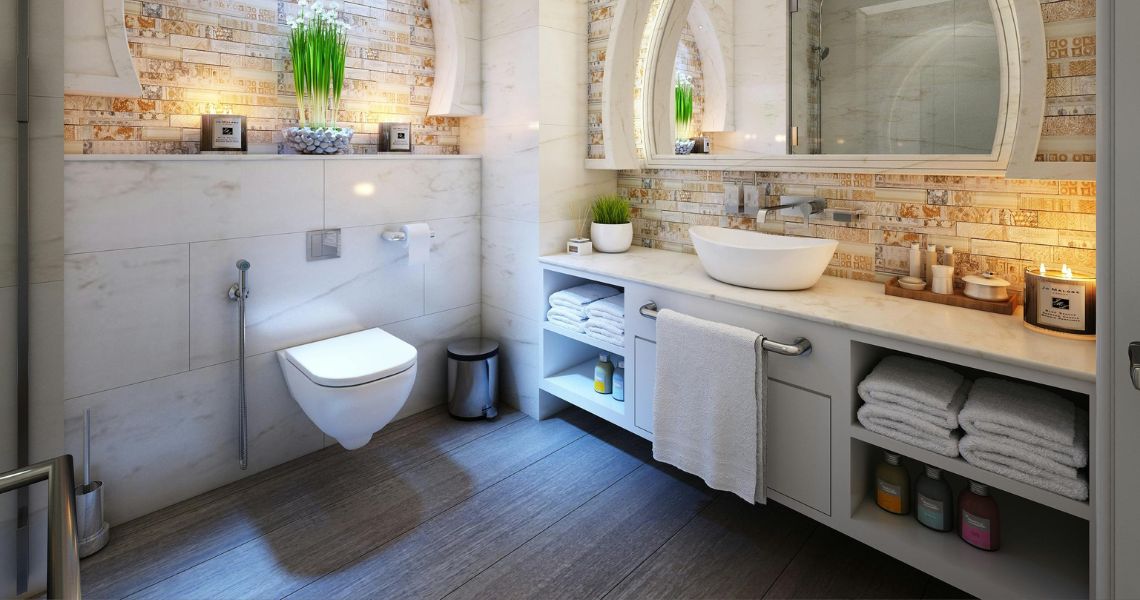The evolution of one’s personal space to reflect shifts in personal preferences, way of life, and practical needs is typically embodied in home renovation.
Homeowners have a plethora of options and difficulties when they venture into the domain of remodelling and redecorating. It is essential to embark on this life-changing adventure with a carefully thought-out plan to guarantee a stunning and fulfilling outcome to your home transformation.
Understanding the vision and setting goals
Creating a clear vision is the first step in transforming a house. Homeowners need to consider what they want to get out of the makeover. Is the goal to add additional room, modernise an old-fashioned design, or even raise the property’s asking price? Establishing measurable objectives early on gives you direction and facilitates later decision-making. It also helps experts who might be brought in to complete the job comprehend precisely what the homeowner wants, from the overall design to the finer points of operation.
Developing a cohesive design plan

After the vision is established, the emphasis shifts to creating a coherent design strategy. At this point, the design concept should be selected to fit the lifestyle of the occupants as well as the house’s structural integrity. Achieving a cohesive design entails choosing colour palettes, textures, and materials that work well together across the house. The flooring choice is a major component of the design. Companies providing commercial flooring have become more popular in homes because of the durability and abundance of design options they provide. The home setting can benefit from the sophisticated and useful elements that such sturdy materials can bring.
Selecting quality materials and craftsmanship

Quality should drive every aspect of home improvement. The materials and craftsmanship used in the refurbishment can affect its durability and appearance. Long-lasting paint finishes, fixtures, and cabinetry are made of good materials. Hiring skilled professionals to execute the design strategy is also crucial. Their expertise ensures the house transformation’s success.
Integrating technology and modern amenities
In the present world, modern conveniences and technology cannot be fully integrated into a house makeover. This might include everything from cutting-edge kitchen gadgets that simplify cooking and entertaining to smart home systems that regulate temperature, lighting, and security. The goal should be to improve the home’s efficiency, comfort, and ability to adapt to new technology developments.
Creating a flexible and adaptable space

Adaptability and flexibility are essential ideas in contemporary house design. Homes should adapt to the changing needs of their occupants. Multipurpose rooms can be used for a variety of functions in the future. The home may change with its people because of rooms that are naturally adaptable, movable walls, and reconfigurable furniture. This flexibility has an important bearing on the home’s sustainability and practical uses.
Conclusion
Remodelling a home is a big project that needs to be carefully planned and carried out. Homeowners can successfully traverse the challenges of renovation by defining a clear vision, creating a coherent design plan, emphasising quality, embracing technology, and guaranteeing flexibility. The secret to a well-executed home transformation is balancing adaptability, utility, and beauty. This will create a room that is not just altered but also genuinely transcendent.
Images courtesy of unsplash.com and pexels.com












